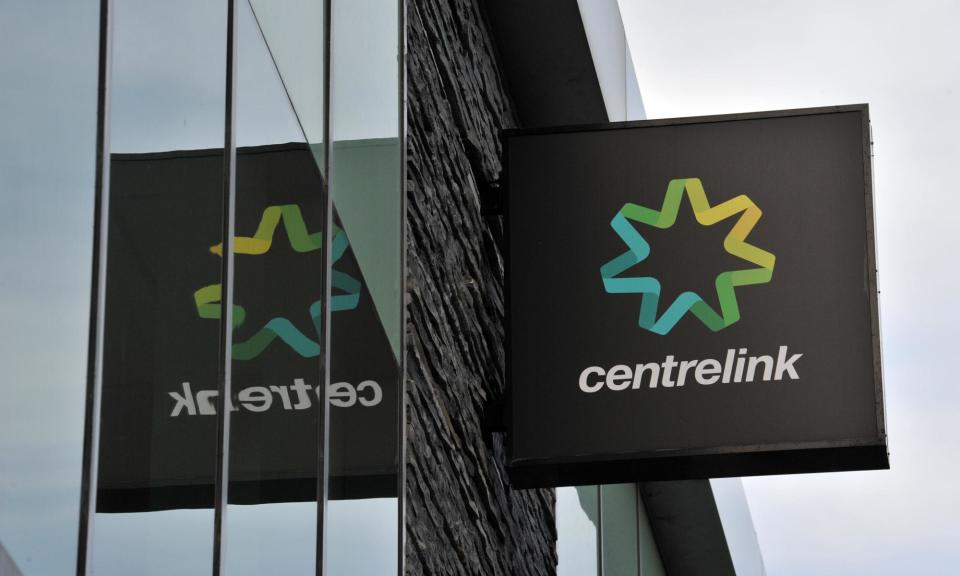Australia’s unemployment rate rises to 3.8% in March as employers shed more than 6,000 jobs

Australia’s economy shed 6,600 jobs last month as employers responded to weak demand by trimming staff numbers.
The unemployment rate in March was 3.8%, the Australian Bureau of Statistics announced on Thursday, rising from February’s 3.7%.
A total of 27,900 full-time jobs were added in March, but the economy shed 34,500 part-time roles. The net 6,600 job loss compared with a gain of 10,000 positions economists had tipped. This tally has been volatile in recent months, including a surprising 116,500 leap in employment in February.
The participation rate dropped 0.1 percentage points to 66.6%, while total hours worked edged 1m higher to 1.93bn.
“The labour market remained relatively tight in March, with an employment-to-population ratio and participation rate still close to their record highs in November 2023,” said Bjorn Jarvis, head of labour statistics at the ABS. “While they have both fallen by 0.4 percentage points since then, they continue to be much higher than their pre-pandemic levels.”
Both the Reserve Bank of Australia and Treasury had predicted the unemployment rate would rise modestly as the effect of 13 official interest rate rises is squeezing demand in the economy. The organisations expect the jobless rate to reach about 4.3% by June.
Australia’s labour market has been strong since the rebound from the Covid pandemic. Unemployment touched 3.4% in November 2022, the lowest since the 1970s.
Prior to the release of the labour force figures, investors were betting there was only a minimal chance the RBA would use its next board meeting on 6-7 May to cut the cash rate. Expectations for the timing of the first rate reduction has lately pushed out into next year, with a 25 basis-point cut now only fully priced in by March.
Markets barely budged on the news, indicating there were few surprises. The dollar was hovering above the 64.3 US-cent mark, with stocks holding on to most of their gains of just under 0.5% for the day.
Among the states, most of the big markets saw the jobless rate tick higher last month.
In New South Wales the unemployment rate rose to 3.8% from 3.6% in February, while both Queensland’s and Victoria’s rose to 4.1% from 3.9%.
South Australia’s jobless rate jumped to 3.9% from a nation-leading 3.2% in February, while Tasmania clocked the best improvement. Its March unemployment rate was 3.8%, down from 4.5%.
The ACT returned to the top of the pile. Its jobless rate sank to 2.9% from 4.2% in February.
The national seasonally adjusted underemployment rate fell 0.1 percentage points to 6.5%, the ABS said. While that rate has picked up 0.2 percentage points since March a year ago, it remained 2.3 percentage points lower than the pre-pandemic level of March 2020.
The underutilisation rate, which combines the unemployment and underemployment rates, remained at 10.3%. The ABS said the tally was half a percentage point higher than March 2023 and 3.6 percentage points lower than three years earlier.
Warren Hogan, chief economist at Judo Bank, said the March figures consolidated the previous month’s big jobs gain.
“The economy is picking up again after the consumer-led slowdown last year,” Hogan said, adding that “we look like we are wandering off the narrow path” set by the RBA.
“[That’s] great news for economic activity and employment but not so great for interest rates,” he said.
KPMG economist Michael Malakellis said the labour data won’t “ease the RBA’s ongoing concerns about excess demand in the economy and labour market”.
“The unemployment rate remains low and the labour market is displaying resilience,” he said.
The RBA’s monthly bulletin, also released on Thursday, included a paper from its own economists that examined whether the economy was near “full employment”.
“We cannot directly observe the level of full employment, but we know it varies over time due to structural changes in the labour market,” they said.
At least on a range of historical measures, the current labour market remains tight.
The RBA has offered a bit of perspective on where it thinks 'full employment' sits. By most measures, including today's 3.8% jobless rate for March, the labour market is relatively tight compared with the past couple of decades. pic.twitter.com/Y5rWwKMXvi
— @phannam@mastodon.green (@p_hannam) April 18, 2024
Still, “simply looking at the current level of indicators relative to history can be misleading and there may also be developments that models do not fully capture”, they cautioned.

 Yahoo Finance
Yahoo Finance 